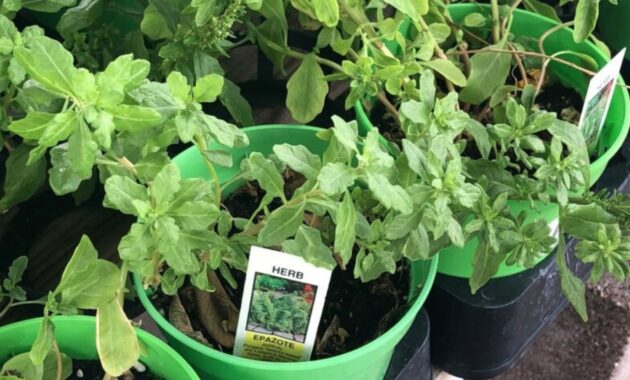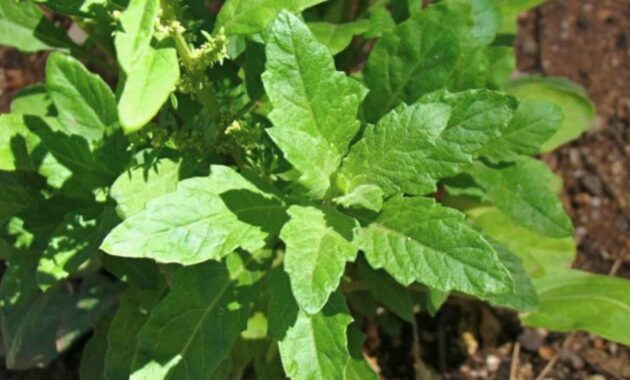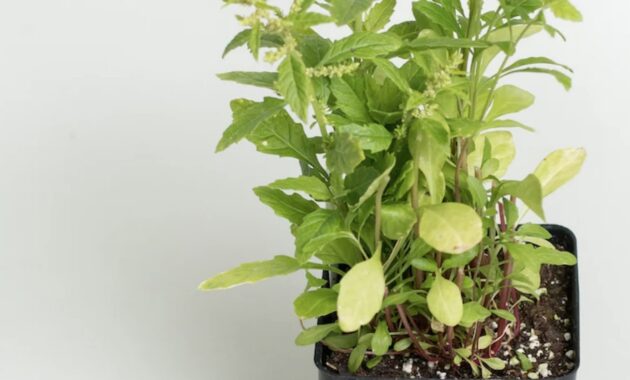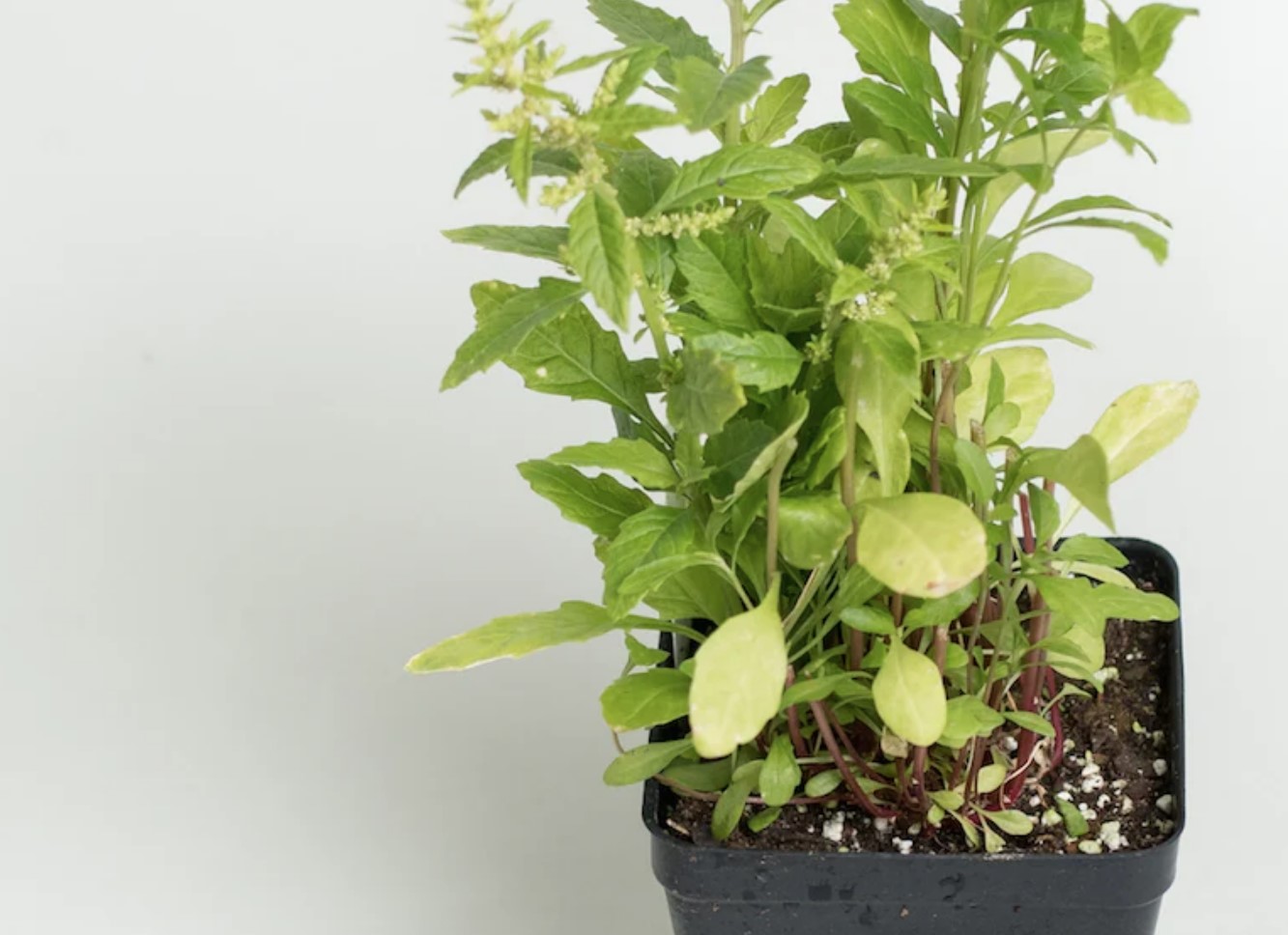
What is Epazote?
Epazote, also known as Dysphania ambrosioides, is a unique herb with a distinctive, pungent flavor. It’s a staple in Mexican cuisine, where it’s used to flavor various dishes, particularly beans and soups. Beyond its culinary uses, epazote has a long history in traditional medicine, prized for its potential health benefits.
Epazote Plant Benefits
Epazote is packed with potential health benefits, thanks to its rich nutrient profile and bioactive compounds. Some of the key benefits attributed to epazote include:
- Improved Digestion: Epazote has been used for centuries to aid digestion. It can help relieve symptoms like bloating, gas, and indigestion.
- Antimicrobial Properties: Epazote contains compounds with antimicrobial properties, which can help fight infections.
- Antioxidant Effects: The antioxidants in epazote can help protect cells from damage caused by free radicals.
- Pain Relief: Epazote has been used to relieve pain, particularly menstrual cramps.
- Worm Expelling: Traditionally, epazote has been used to expel intestinal worms.
Epazote Plant Uses
Epazote is a versatile herb with a wide range of uses:
- Culinary Uses:
- Flavoring beans and soups
- Adding a unique taste to stews and sauces
- Enhancing the flavor of eggs and tortillas
- Medicinal Uses:
- Treating digestive issues
- Relieving pain
- Fighting infections
Epazote Plant Care
Epazote is relatively easy to grow, both indoors and outdoors. Here are some tips for caring for your epazote plant:
- Sunlight: Epazote thrives in full sun.
- Water: Water your epazote plant regularly, but avoid overwatering.
- Soil: Well-draining soil is ideal for epazote.
- Fertilizer: You can fertilize your epazote plant with a balanced liquid fertilizer every few weeks during the growing season.

Epazote Plant for Cooking
Epazote is a key ingredient in many Mexican dishes. Here are a few tips for using epazote in your cooking:
- Fresh Epazote: Use fresh epazote for the best flavor.
- Dried Epazote: Dried epazote can be used as a substitute for fresh, but the flavor may be less intense.
- Adding Epazote: Add epazote towards the end of cooking to preserve its delicate flavor.
Epazote Herb Medicinal Properties
As mentioned earlier, epazote has a long history of use in traditional medicine. Some of its medicinal properties include:
- Antispasmodic: Helps relax muscles, particularly those in the digestive tract.
- Carminative: Reduces gas and bloating.
- Anthelmintic: Expels intestinal worms.
- Antioxidant: Protects cells from damage.
Where to Buy Epazote Plant
You can find epazote plants at:
- Local Nurseries: Check your local nurseries, especially those that specialize in herbs and organic plants.
- Online Retailers: Many online plant retailers sell epazote plants and seeds.
Epazote Plant Cultivation
Epazote can be propagated through seeds or cuttings. Here’s a brief overview of the cultivation process:
- Seed Propagation:
- Sow seeds directly into the soil or start them indoors in seed trays.
- Keep the soil moist and warm.
- Once seedlings emerge, transplant them into individual pots or directly into the garden.
- Cutting Propagation:
- Take stem cuttings from a healthy epazote plant.
- Remove the lower leaves and dip the cut end in rooting hormone.
- Plant the cutting in a pot filled with well-draining soil.
- Keep the soil moist and the cutting in a warm, shaded location.
Epazote Plant Growing Tips
Here are some additional tips for growing epazote:
- Harvesting: Harvest epazote leaves as needed. You can cut the stems back to encourage new growth.
- Pests and Diseases: Epazote is generally pest and disease-resistant. However, watch out for aphids and whiteflies.
- Overwintering: In colder climates, you can overwinter epazote indoors. Bring the plant indoors before the first frost and place it in a sunny window.
Epazote Plant in Mexican Cuisine
Epazote is a beloved ingredient in Mexican cuisine. It’s often used to flavor beans, soups, stews, and sauces. It’s also commonly added to dishes like chilaquiles
Epazote Plant Recipes
Epazote’s unique flavor profile adds a delightful twist to many dishes. Here are a few recipes that incorporate this versatile herb:
- Epazote-Infused Black Beans: A classic Mexican dish that’s easy to make and incredibly flavorful.
- Epazote-Scented Tortilla Soup: A hearty and comforting soup that’s perfect for a chilly day.
- Epazote-Spiced Grilled Corn: A simple yet delicious side dish that highlights the fresh flavor of corn.
Epazote Plant Health Benefits
Beyond its culinary uses, epazote offers a range of potential health benefits:
- Improved Digestion: Epazote can help alleviate digestive issues like bloating, gas, and indigestion.
- Antimicrobial Properties: The herb’s antimicrobial compounds may help fight infections.
- Antioxidant Effects: Epazote’s antioxidants can help protect cells from damage.
- Pain Relief: It has been traditionally used to relieve pain, particularly menstrual cramps.
- Worm Expelling: Epazote has been used to expel intestinal worms.
How to Grow Epazote Plant
Growing epazote is relatively easy. Here’s a step-by-step guide:
- Start from Seeds: Sow seeds directly into the garden or start them indoors in seed trays.
- Sunlight: Epazote thrives in full sun.
- Water: Keep the soil consistently moist but not soggy.
- Soil: Well-draining soil is ideal.
- Fertilizer: A balanced liquid fertilizer can be applied every few weeks during the growing season.
Epazote Plant Side Effects
While epazote is generally safe for most people, excessive consumption may lead to side effects like nausea, vomiting, and diarrhea. Pregnant women and individuals with certain medical conditions should consult with a healthcare professional before using epazote.

Epazote Herb vs. Oregano
Epazote and oregano are often compared due to their similar appearance. However, they have distinct flavors. Epazote has a more pungent, citrusy, and slightly bitter taste, while oregano is more herbaceous and earthy.
Epazote Plant History
Epazote has a long history, dating back to ancient times. It is native to the Americas and has been used for centuries in traditional medicine and cuisine. The Aztecs and Mayans prized epazote for its medicinal properties and culinary uses.
Epazote Plant in Herbal Medicine
Epazote has been used in herbal medicine to treat a variety of ailments, including:
- Digestive disorders
- Menstrual cramps
- Intestinal worms
- Skin infections
Epazote Plant Flavor Profile
Epazote has a unique flavor profile that is often described as pungent, citrusy, and slightly bitter. It’s a complex flavor that complements many dishes, especially those with beans, corn, and tomatoes.
Epazote Plant as a Pest Repellent
Epazote can be used as a natural pest repellent. Its strong scent can deter insects like mosquitoes and flies.
Epazote Herb for Digestion
Epazote is known for its digestive benefits. It can help relieve bloating, gas, and indigestion.
Epazote Plant Scientific Name
The scientific name of epazote is Dysphania ambrosioides.
Conclusion
Epazote is a versatile herb with a rich history and numerous benefits. Whether you’re using it to flavor your favorite dishes or harnessing its medicinal properties, epazote is a valuable addition to your kitchen and medicine cabinet.
FAQs
- Can I eat epazote raw?
Yes, epazote can be eaten raw, but it’s often added to dishes towards the end of cooking to preserve its flavor. - Is epazote safe for pregnant women?
Pregnant women should consult with a healthcare professional before using epazote, as it may have potential risks. - How do I store fresh epazote?
Store fresh epazote in the refrigerator in a plastic bag or wrapped in a damp paper towel. - Can I dry epazote?
Yes, you can dry epazote by hanging it upside down in a warm, dry place. - What other herbs pair well with epazote?
Epazote pairs well with herbs like cilantro, oregano, and thyme.



